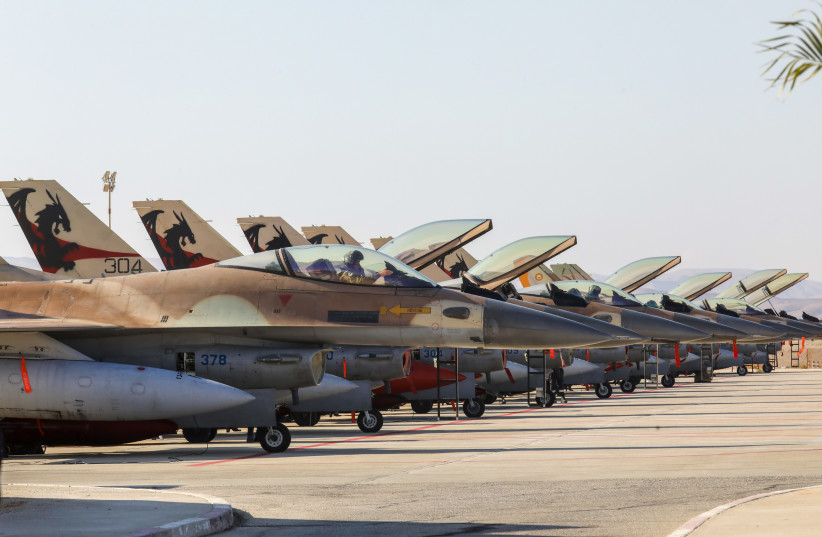The IDF's special joint operations unit within the air force has carried out over 10,000 airstrikes throughout the IDF's counter-invasion of Gaza.
This unit is unique because it is trained from the start to work in direct cooperation with ground forces as they proceed forward.
A new level of coordination
Although the IDF has tried to make this kind of joint operating activity between air and land forces standard practice in the current war, for most of military history in which air forces existed, there was nowhere near this level of coordination.
In addition, the amount to which air forces of democracies could support ground forces advancing in real-time in dense urban settings was minimal both because of the concern of hitting "enemy" civilians and the concern of accidentally hitting friendly forces, given the blunt power of munitions dropped by aircraft. The IDF special joint operations unit within the Air Force has flipped all of these problems using a mix of unique training with ground forces long before the war, along with using advanced precision munitions.
These new trends have allowed the special unit - which at first was mostly made of helicopters, but over time has added drones and even some other kinds of aircraft - to strike within 150 meters of advancing IDF forces, most often without hitting civilians or IDF forces.

A senior IDF official told three specific stories where the elite unit saved IDF forces who would have taken larger or larger losses without its intervention.
In one case, battalion 551 was pinned down by Hamas's anti-tank missiles and sniper units while operating in Beit Hanoun of northern Gaza.
Regardless of their efforts, the IDF infantry could not even get near the Hamas positions without being gunned down.
A short time after being warned, the IDF special unit struck from the air and removed the Hamas threat.
Trained to remove the treat
In another instance, Unit 401 was being ambushed in Jabaliya, another northern Gaza neighborhood by a complex trap of anti-tank missiles and other Hamas forces.
Further, in this case, the IDF already had wounded soldiers and it was unclear whether there would even be a safe way to evacuate them.
In one hour, the Joint Special Forces Air Force unit attacked Hamas several times, ended the ambush, and succeeded in spiriting off the wounded IDF soldiers.
In yet another incident, IDF Golani forces were being ambushed and having trouble extracting themselves.
Once again, the special unit carried out several attacks against Hamas within a very short time, helping the Golani forces deal with the situation.
Questioned if these tactics could work in southern Gaza, where there are even more Palestinian civilians than before, and the urban setting may be even more dense, a senior IDF official said that the same tactics used in northern Gaza should work in southern Gaza.
He said that years of training and drilling together had made his special unit ready for the diverse challenges currently being presented.
IDF Chief-of-Staff Lt.-Gen. Herzi Halevi said that a large component of IDF victory in Gaza would be the strong joint work of the different arms of the Israeli military.
